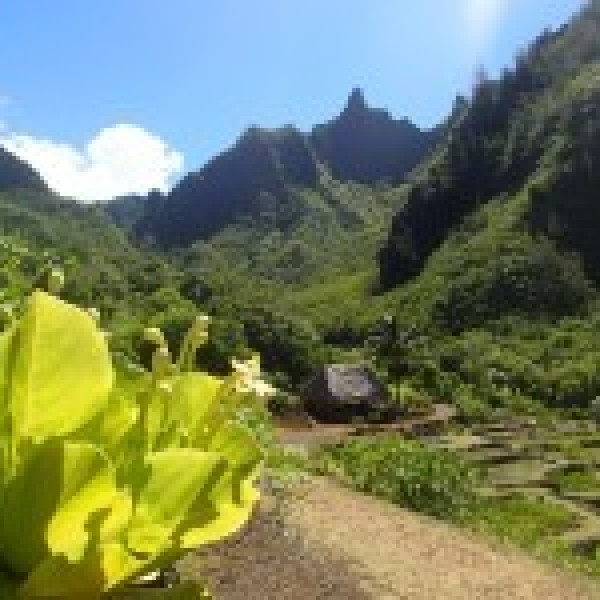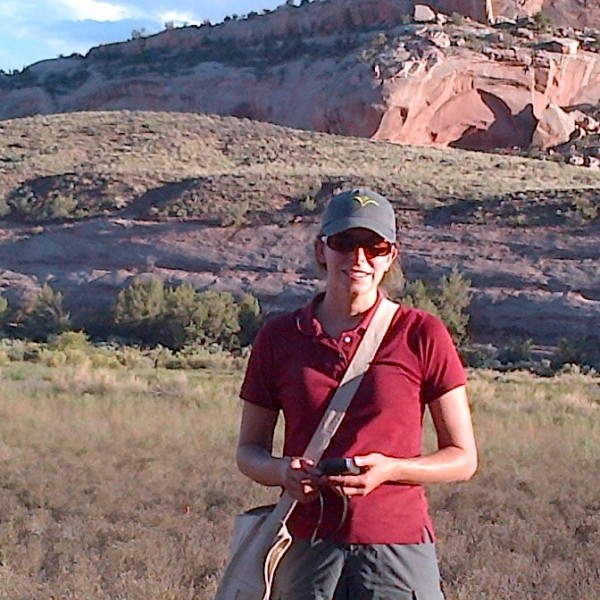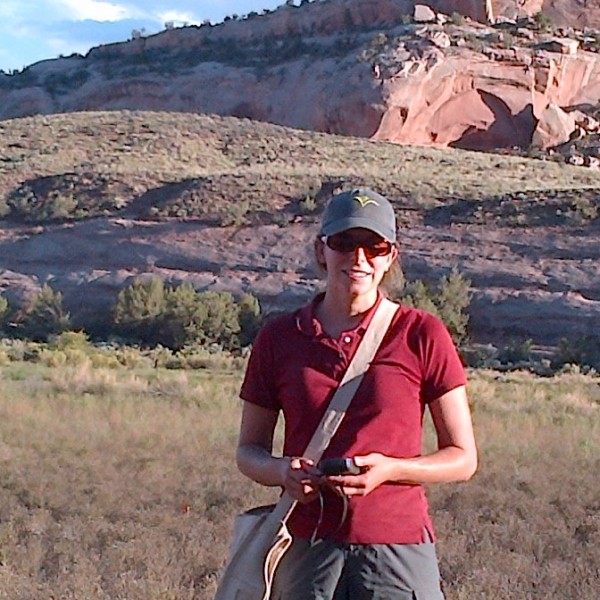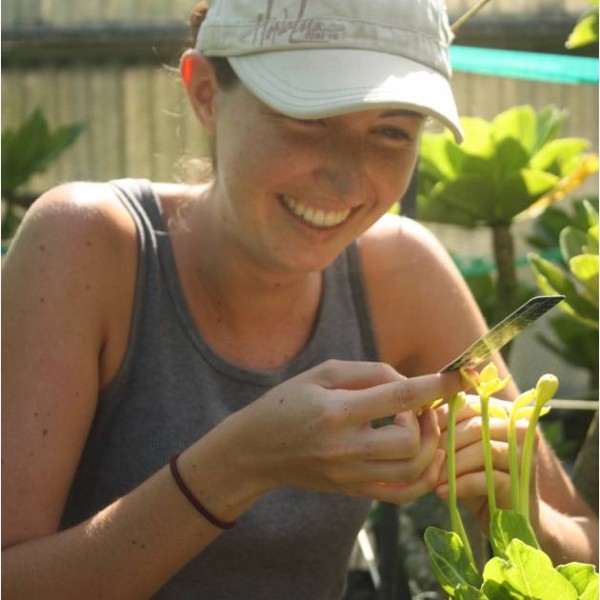
Evaluating genetic diversity of living collections of Hawai'ian species, Brighamia insignis 2014
Genetics Lab
Genetics
Brighamia insignis, (olulu or alula in Hawaiian), is a Hawaiian lobeliad endemic to the islands of Kauai and Niihau. The species was listed as federally endangered in 1994 when there were only five populations totaling 45 to 65 individuals total. It is now listed as critically endangered, as there remains only a single wild individual clinging to the slopes of the Na Pali Coast on Kauai. Despite its rarity in the wild, this attractive succulent species is commonly maintained in many ornamental collections, including over 48 botanic gardens worldwide. The conservation of this species depends on our ability to recreate viable populations in the wild. To achieve this goal, we will need to gain a better understanding of this species’ biology. A Masters candidate at the University of Hawai?i at Manoa, Seana Walsh, is studying the pollination ecology, breeding system and floral biology of Brighamia insignis in cultivated nursery stock and outplantings within its former range on Kauai. She has also recognized that given the low numbers in the wild, successful reintroductions will undoubtedly require the use of living collections. Seana is working with Garden Scientists, Andrea Kramer and Jeremie Fant, to expand her study to look at the genetic diversity currently being maintained in living collections across the globe. She is interested in 1) examining how much genetic diversity remains ex situ and 2) identifying source materials that are the most diverse. She will be using this information to identify breeding stock for potential crossing experiments. We are looking for an REU student with an interest in conservation biology and/or genetics to help us answer these important questions. This student will work at the Chicago Botanic Garden’s Genetics lab in the summer 2014.





